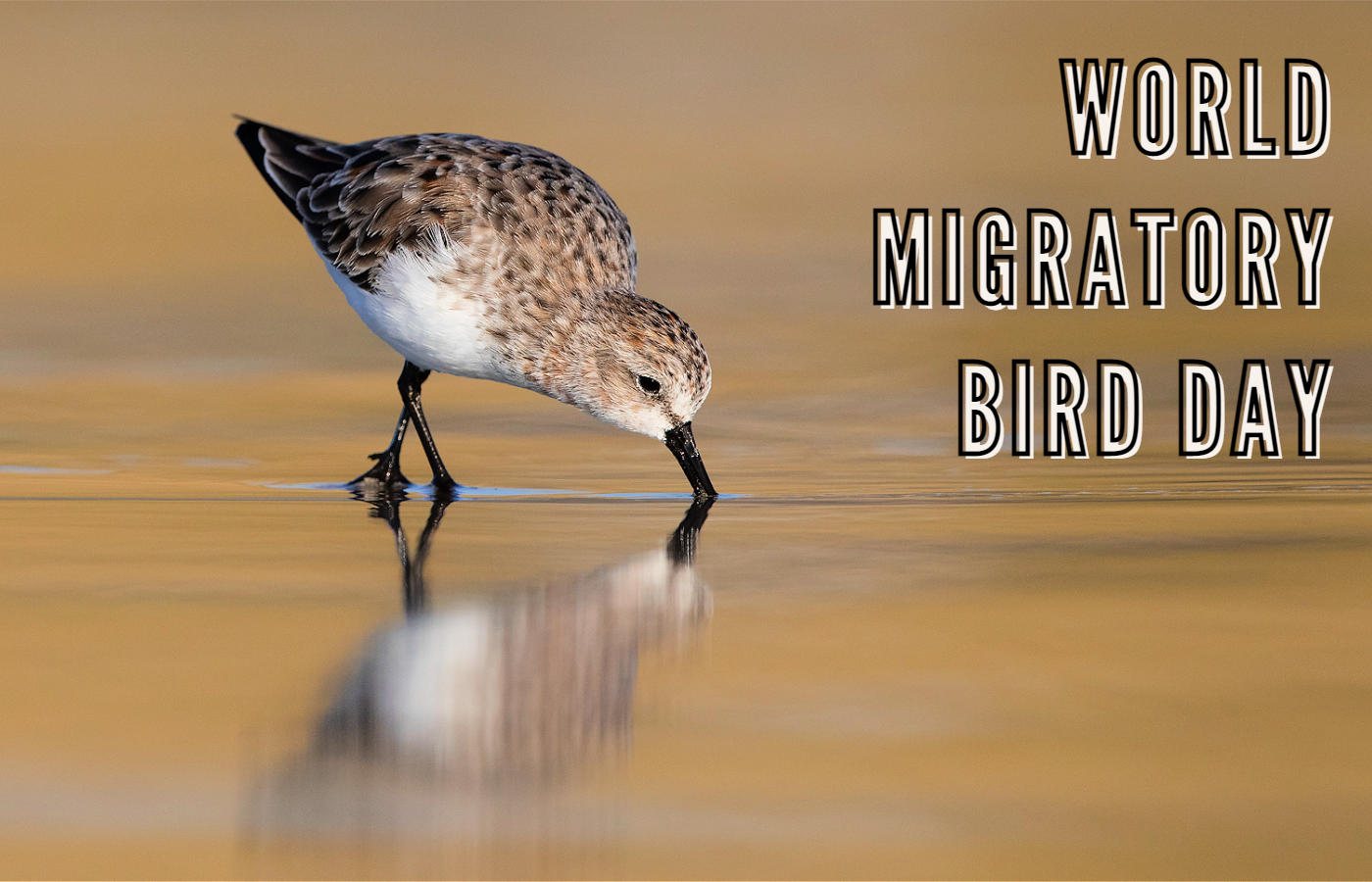From the desk of Dorothy, Project Officer Communications.
Esperance bird watchers are excited by the sight of the tiny, red-necked stint as it scuttles along a shore in the Lake Gore wetlands. The diminutive bird disappears and reappears further down the shore, tracked through binoculars by the enthusiastic bird watchers.
They are enthusiastic for good reason. Though small, this bird is an emblematic migratory species, drawn to the local wetlands from the other side of the world. When seen through the binoculars, it is hard not to be in awe of the physical feat achieved by the little bird to get to where it is now.
The migratory shorebirds seek food and shelter in their temporary aquatic homes at the southern end of the East Asian-Australasian Flyway. Water is fundamental to the lives of the migratory birds, which rely on aquatic ecosystems during their life cycles. Inland and coastal wetlands, rivers, lakes, streams, marshes, and ponds are all vital for feeding, drinking, or nesting, and also as places to rest and refuel during their long journeys.
On May 13th we immersed ourselves in a celebration of the sustaining qualities of water for World Migratory Bird Day: Water – Sustaining Life #WMBD2023, a day that recognises the importance of water in the lives of the long-distance flyers that we welcome to our wetlands every year.
Aquatic ecosystems are becoming increasingly threatened around the world and so are the migratory birds that depend on them. The increasing human demand for water, reclamation mud flats for development, as well as pollution and climate change, are having a direct impact on the availability of clean water and the conservation status of migratory birds, such as the red-necked stint.
It is just one of the 25 migratory species, up to 20,000 birds, which feed on the mudflats of Esperance’s Ramsar-listed wetlands, on Western Australia’s south coast, each summer. The internationally significant network of interconnected lakes is at the southern-most tip of the East Asian-Australasian flyway, providing the water and food needed to sustain long-distance flyers like the diminutive stint.
The smallest of 37 shorebird species to visit Australia, it makes the 25,000km journey between Australia and Siberian and Alaskan breeding grounds on the other side of the world. Its journey to Australia takes it over large bodies of water and involves stops at wetlands and water ways en route.
Bird conservation is a global issue and shorebirds rely on the waters in their Australian feeding grounds to prepare them for their return journey to breed in the Arctic tundra.
South Coast NRM works to protect the wetlands’ Ramsar values through rehabilitation, restoration and reducing threats to the ecological character of Lake Warden & Lake Gore Ramsar wetlands. These efforts include working with land managers on private land in the catchments to reduce their impact on the wetlands.
Esperance Tjaltjraak Native Title Aboriginal Corporation Rangers are helping with weed control, revegetation, and community education. And the local community and scientists are working together to monitor the shorebirds and control feral predators.
This program is supported by the Australian Government through its National Landcare Program.

